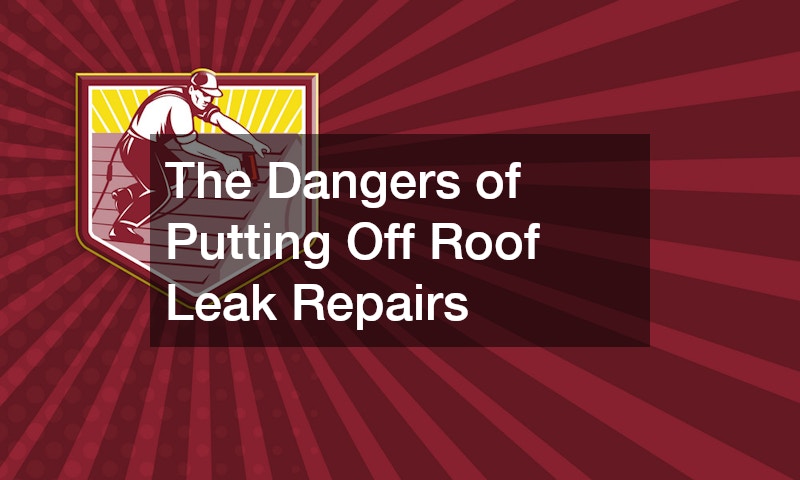A roof replacement is a significant home improvement project that involves several key steps to ensure the safety, functionality, and longevity of your home’s roof. The process typically begins with an initial inspection by a roofing contractor to assess the condition of the existing roof and determine if a replacement is necessary. Once the decision to proceed with a roof replacement is made, the next step is to select the materials and roofing system that best suit your needs, budget, and aesthetic preferences.
This may include choosing from a variety of roofing materials, such as asphalt shingles, metal roofing, or tile, and selecting additional components, such as underlayment, flashing, and ventilation.
With the materials selected, the roofing contractor will begin the installation process by removing the existing roof materials down to the decking or substrate. Any damaged or deteriorated decking will be repaired or replaced to ensure a solid foundation for the new roof. Next, the roofing contractor will install the new roofing materials according to manufacturer specifications and industry best practices. This includes laying down underlayment, applying flashing around roof penetrations and edges, and installing the roofing material in overlapping rows or sections. Finally, the roofing contractor will perform a thorough inspection of the completed roof replacement to ensure that all components are installed correctly and that the roof is watertight and structurally sound. With proper installation and maintenance, a roof replacement can provide years of reliable protection and peace of mind for homeowners.





